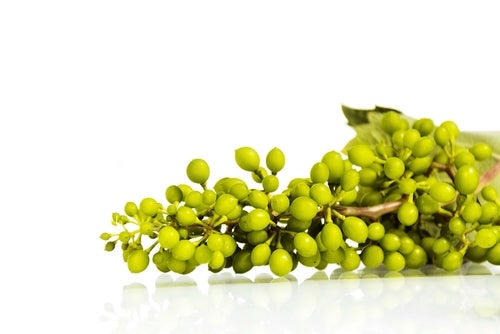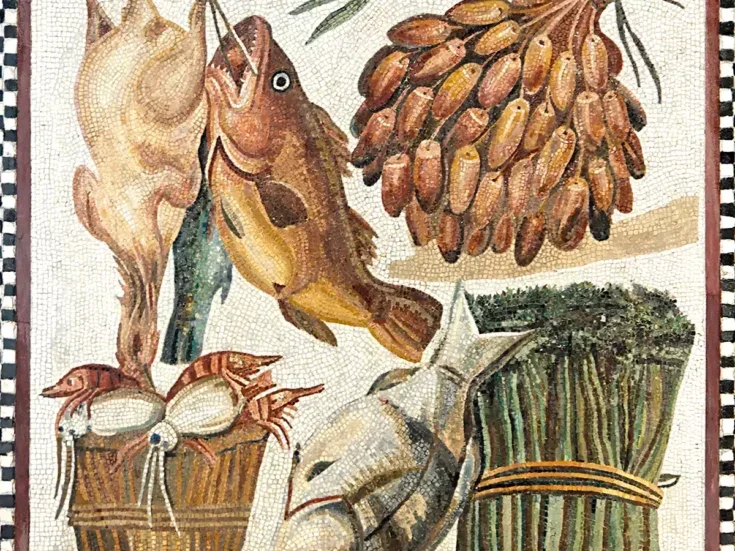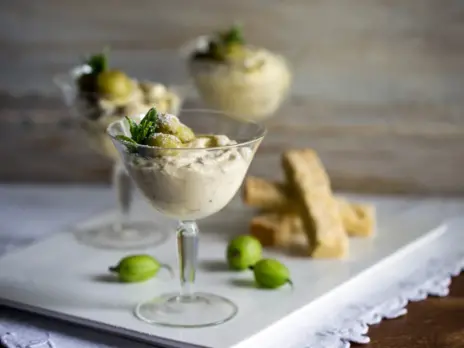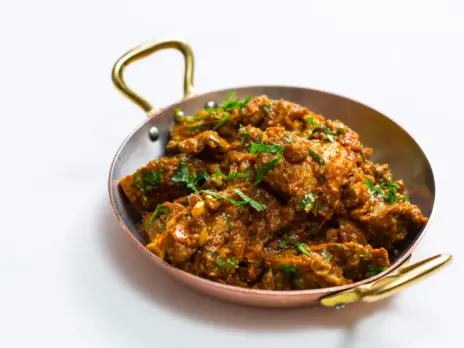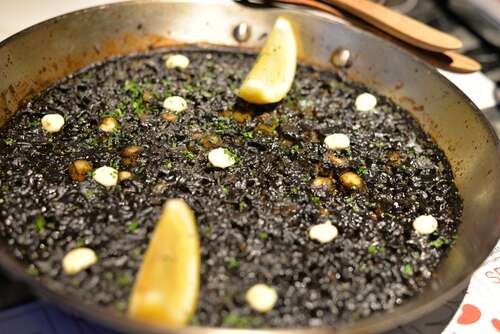
When squid or cuttlefish feel threatened, they ward off their potential predator by ejecting the dark ink stored in a dedicated sac in their body, but we have another use for it, as the signature ingredient in Spain’s arroz negro, Italy’s risotto nero, Peru’s arroz bachiche, and the arroz con calamares of both Cuba and Puerto Rico.
That’s not an exhaustive list, but you get the idea: traditional dishes of rice darkened, sometimes to jet blackness, by the ink of one of these two species of cephalopod, both of which can be referred to as inkfish (it also features in some Thai soups and Japanese ramen). In fact, the culinary ink bought in jars or sachets is mostly that of cuttlefish, which is smoother and more delicate tasting than squid ink, which can have a stronger, saltier, more metallic, iodine taste. You can, of course, eviscerate your own inkfish but, depending on size, you may need a lot of bodies to get enough ink.
Arroz negro, or arròs negre in Catalan, has long been popular all down Spain’s Mediterranean coast. Marimar Torres, a proud Catalonian, credits its origins to L’Empordà in Catalonia (The Spanish Table, 1986). Others say that it originated further south in Valencia, land of rice fields and home of paella. Whichever, it seems to have been around for a long time. I can find no date for its first appearance, except the occasional reference to its existence in the 18th century, but rice dishes have been eaten in this part of Spain since the Arabs introduced rice in the early Middle Ages.
Claudia Roden makes the point, in The Food of Spain (2012), that many Catalan dishes go back to the Middle Ages and the Renaissance, “when there was a court cuisine and Catalans were rich from trading and benefited from their Mediterranean empire.” That said, it seems more likely that arroz negro, a simple dish of few ingredients and murky color, evolved as a fishermen’s dish rather than for courtly tables.
The recipe Roden gives in her book (which is the recipe I use) is from the Corpus de la Cuina Catalana, an archive of traditional recipes by the Catalan Culinary Institute (Fundació Institut Català de la Cuina), which was created in 1996 to research the history of Catalan cooking and gather and record professional and domestic recipes from every nook and cranny of Catalonia before they were lost for all time.
You can find recipes with more ingredients (additions such as chilli, peppers, bay leaves, prawns, celery) but they seem superfluous. This is a dish that exemplifies the French gastronome Curnonsky’s assertion that good cooking is when things taste of what they are and, above all, are kept simple.
For arroz negro, that means a generous quantity of olive oil in which to fry chopped onions and grated or very finely diced peeled tomatoes; small or baby squid cut into rings and an equal weight of medium grain Spanish or risotto rice; cuttlefish/squid ink, fish stock (broth), and a smaller volume of dry white wine; parsley (optional) to serve and homemade alioli (garlic mayonnaise) to serve—definitely not optional. I only diverge from this formula if serving the dish as a main course, in which case I use 20 percent more squid. The whole thing, excluding making the alioli, takes very roughly 45 minutes.
The best wines to pair with arroz negro
The resulting dish has an unmistakeable umami accent from the ink and it’s this that steers wine choices, but without forgetting the mild flavor of the squid, which you don’t want to overwhelm, or the emphatic presence of the alioli. I find that the umami character generally emphasises both the acidity in wines, especially young wines, and the fruit. Some wine and food pairings work when a wine cuts through and contrasts with the richness of the dish, or when sweetness in the wine, either fruity or actual, contrasts with a certain saltiness in the food, but, for me, that’s not so with this dish. Wines with some age and complexity are better suited.
To give an example, Albariño from Rías Baixas, with its sea-breeze minerality and affinity for seafood, might seem an obvious choice for arroz negro, but the latter reduces many young Albariños to little more than peach and lemon fruit and zingy acidity, making them seem simple and shrill. Godello works better, but aged Albariño is better again. The extra layers of flavor, including texture, in wines such as Pazo de Señorans Seleccióne de Anada, Martín Codax Lías, Adegas Gallegas Veigadares, and Paco & Lola Vintage Albariño, are a match for the savoury depth and texture of the dish and for the alioli. At the same time, they don’t knock out the squid.
There is a similar scenario, in which age counts, with other wines such as Chenin Blanc, which can be assertively mineral, fruity and/or acidic when young and taste even more so with arroz negro, whether it’s Chenin from the Loire or South Africa. But the complexity of a mature dry Chenin can be a winner—Vouvray from Domaine du Clos Naudin, for example.
The same applies to rosé. Bodegas Muga Flor de Muga Rioja rosé, an old-vine Garnacha fermented in small wooden vats, and the partly oak-vinified Château Galoupet Côte de Provence both have the structure, texture and layers needed, while simpler, young rosés from these regions end up with a jarring focus on their fruit and little else.
Other wines that perform well include Chablis, proving its food-friendly credentials as so often, Soave Classico, white blends from the Douro, and Manzanilla or Fino En Rama. The Chablis doesn’t even need to be very mature or grand: an organic Famille Brocard Chablis 2022 was a success with the complete dish including the alioli. Pieropan Calvarino Soave Classico 2022 was equally at ease, while Cedro do Noval Douro Branco 2021 was only marginally less so. I would also be happy to try any Chardonnay that could stand in for Chablis. I don’t mean tastes just like Chablis, but a wine with a comparable structure, subtle fruit and briny minerality. My choice of sherry would be Barbadillo Manzanilla Pasada En Rama de la Pastora or the single-vineyard Valdespino Deliciosa En Rama.
Red wines? Yes, but with caution. Tannin is an unwelcome presence at the arroz negro party, as is overt fruit. Langhe Nebbiolo usually avoids both these pitfalls, even if it sits slightly less comfortably with the alioli. Trediberri Langhe Nebbiolo 2023 is the right kind of wine.
Orange wines also have a place, provided they aren’t at the chewy end of the tannin spectrum and are not based on aromatic grape varieties such as Moscatel/Zibibbo.
My final word is à propos none of the above, but I was delighted to learn that cuttlefish ink was used in the past to produce the color sepia, seppia being the Italian word for cuttlefish.


